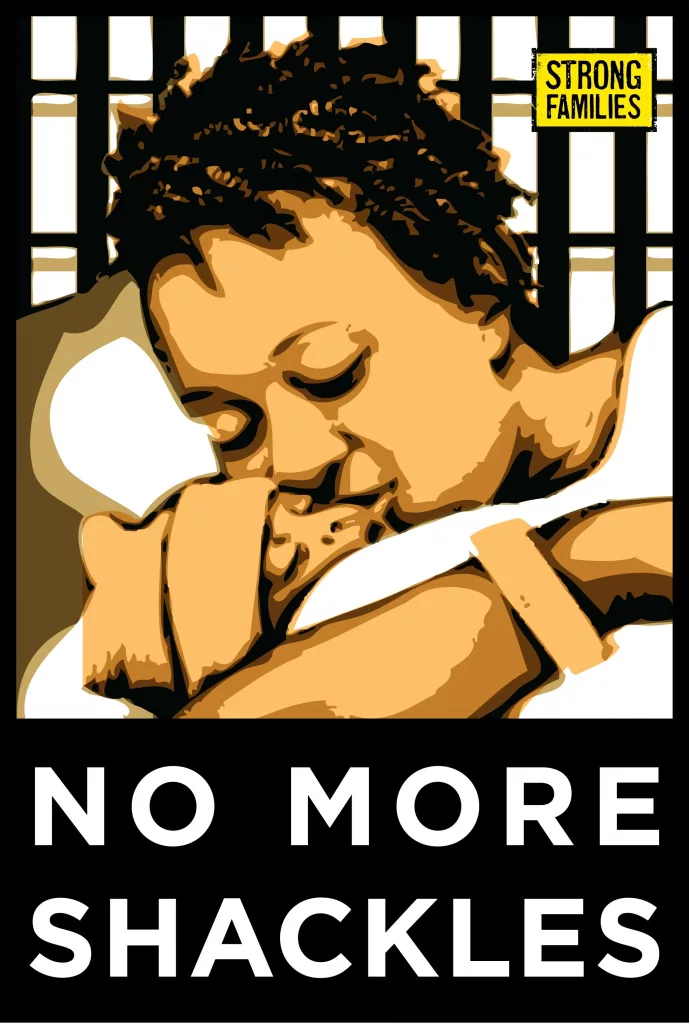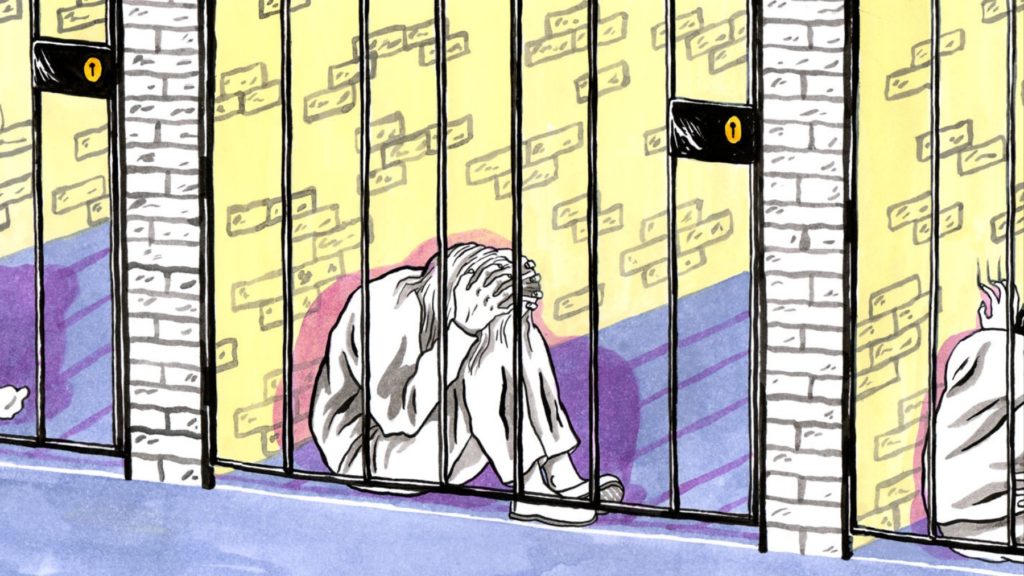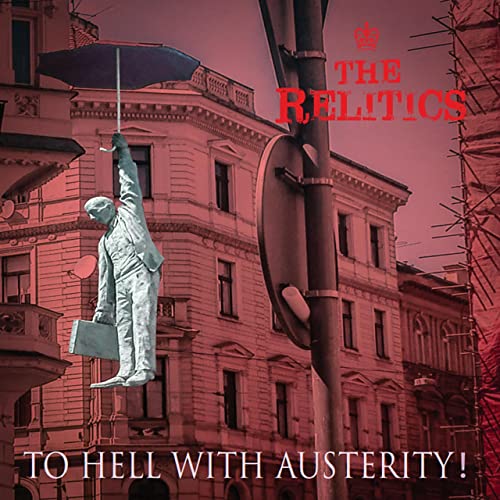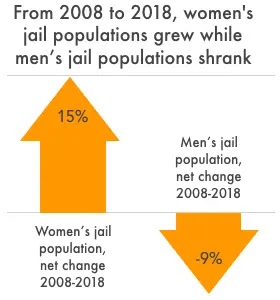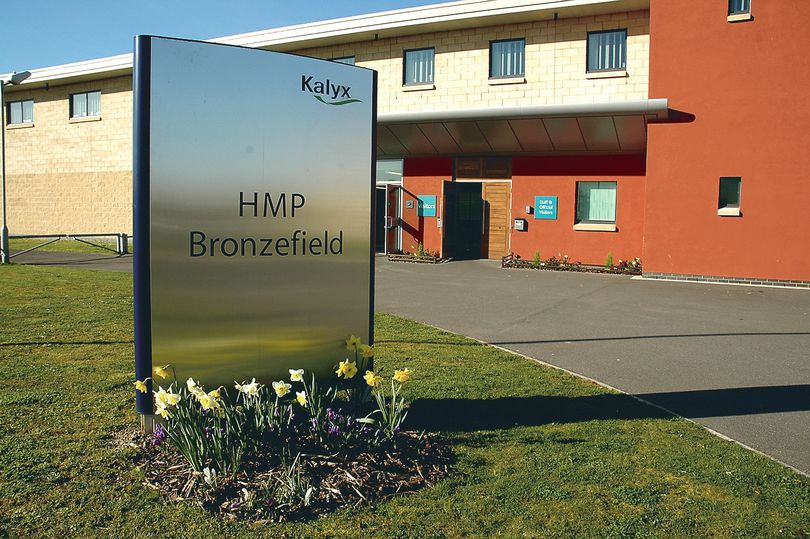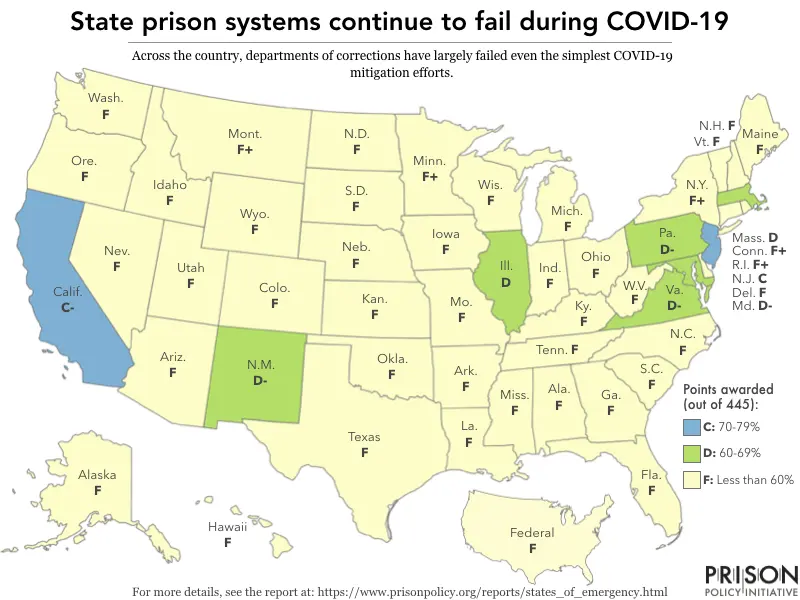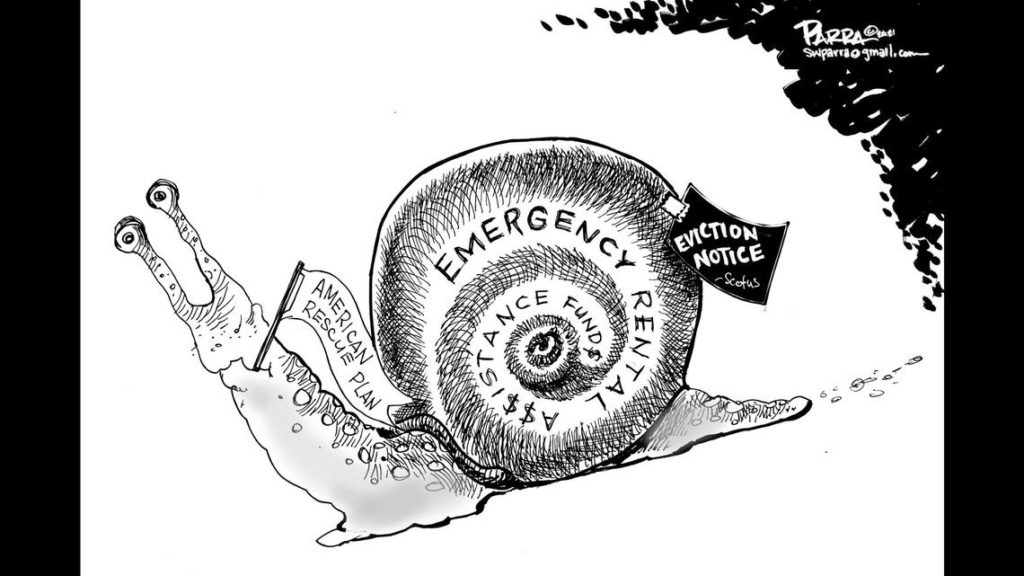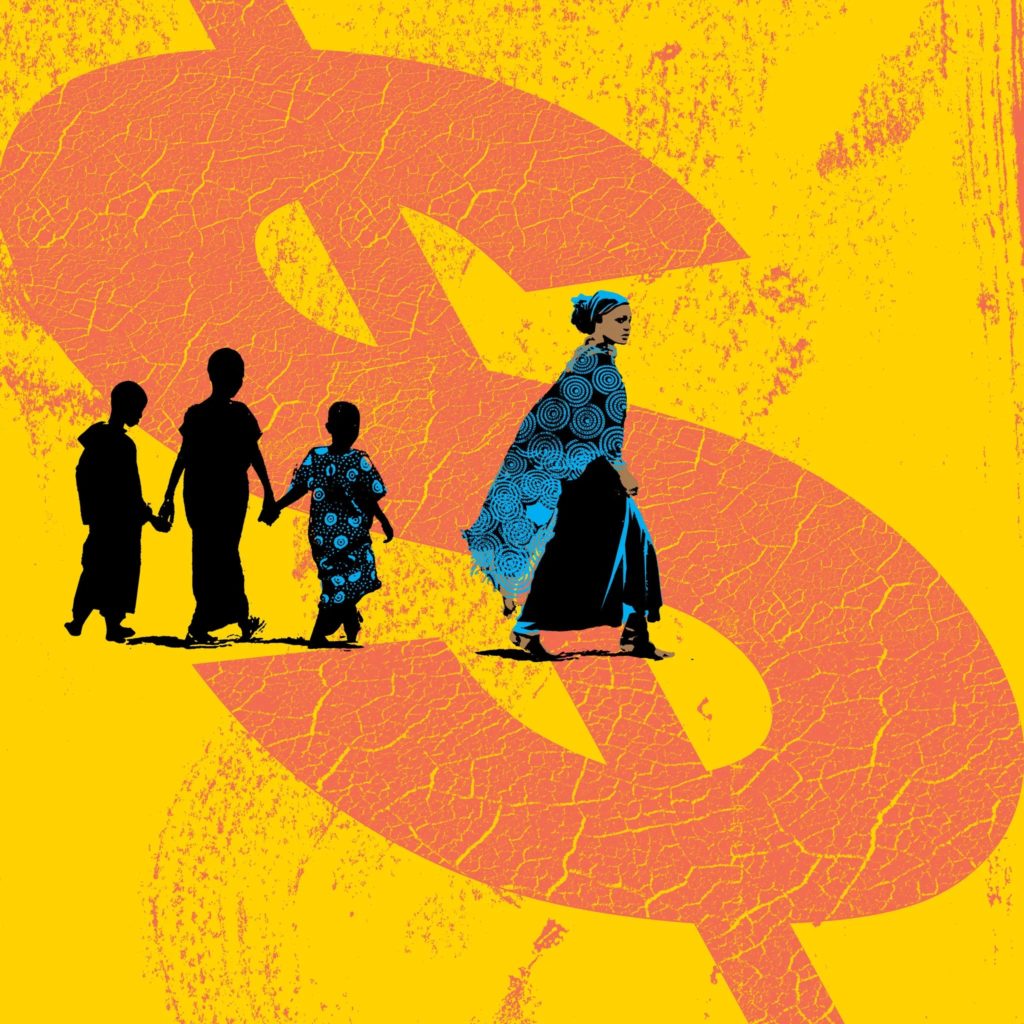
“Bearing the brunt” is back. Ok, it never really left, but today’s iterations of bearing the brunt demonstrate that the `return to normal’ is here or at least just around the proverbial corner, and for many women that’s particularly bad news.
In South Korea, in the past two years, large Korean corporations sliced their workforce, ostensibly in response to the coronavirus pandemic, although how firing people improves their chances of surviving a pandemic remains an open question. Nevertheless, who bore the brunt of those cuts: “Women took the brunt of the job reductions as they accounted for 67 percent of those laid off.” It’s not all doom and gloom. Although many full-time employees lost … everything, others were hired as “non-regular workers”. That’s not `market forces’ at work. That’s old fashioned corporate greed.
In South Africa, and across southern Africa, food insecurity aka hunger has stalked the landscape, largely due to climate change induced droughts, land oligopolies, Covid, and more. Who suffers most directly? “Women and girls bear the brunt of undernutrition, international conference told”. How does this happen? In food crises, women and girls reduce their food intake. Additionally, in many households, men and boys get preference, including access to food. Women often find it more difficult to access food, sometimes due to insecurity in public places, other times due to restrictions on women’s movements in public. In these situations, women’s food consumption is stigmatized. This is what bearing the brunt looks like on an average day. This is what return to normal means.
Globally, to no one’s surprise and as reported from the outset of the pandemic and its political economy, women have been positioned to be most vulnerable to the conditions of both public health and economic, political, social devastation: “Women bore brunt of social and economic impacts of Covid: Women were particularly affected by loss of income and education, rises in domestic violence, child marriage and trafficking, and responsibility for caring for children and sick relatives.” In other words, the world pretty much stayed the same … only worse: “Many countries lack social protection for many groups, from women and children to migrants and refugees. Those groups have been worst affected by the Covid pandemic, and unless things change, they will continue to bear the brunt of crises, and be the least likely to recover from them.” Who bears the brunt? Women. Girls. Women and girl migrants. Women and girl refugees. Girls. Women. Welcome to normal.
Finally, in the United States, a report, released today, examined the situation of low-income renters in the United States during Covid. In particular, the study focused on households receiving federal assistance in the form of Temporary Aid for Needy Families, TANF, and the Supplemental Nutrition Assistance Program, SNAP: “Surprisingly, our research shows that low-income households already getting federal support may be more vulnerable to eviction than their counterparts who receive no social benefits … More households getting SNAP and TANF fell behind on rent, and those getting SNAP had a higher chance of being evicted.” Those getting SNAP had a higher chance of being evicted. Who are “those”? Women: women of color, women with disabilities, women elders, immigrant women. In 2018, 63% of nonelderly adult SNAP recipients were women. 61% of SNAP households with children were headed by a single adult. 91% of those adults were women. 33% of adult SNAP recipients was a woman of color. You know when women really bear the brunt? When their presence is ignored, avoided, forgotten, erased. Welcome back to normal. Same as it ever was.
(By Dan Moshenberg)
(Image Credit: Shonagh Rae / The New York Times)
